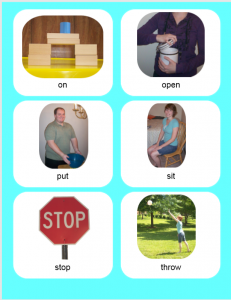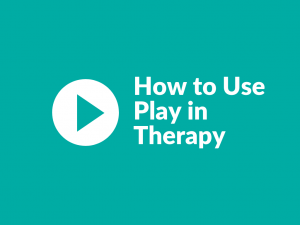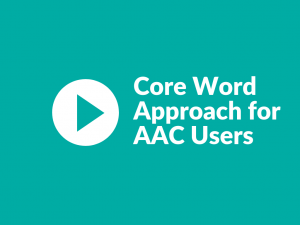Approach: Core Word Approach
Description:
Task Analysis (How To):
- Choose a List of Words: This should be a short list of words that the child can use in a variety of situations (common words). They should also include sounds that you want to target during your speech practice.
- Practice Words in Isolation: At the beginning of your session, have the child practice saying the list of words in isolation. Use tactile, verbal, and visual cues to encourage correct production of the sounds in the words. Accept gradually more accurate approximations of the word if the child is not able to produce the word completely correctly at first.
- Practice Words During Play: Once the child loses interest in the direct drill of the words in isolation, move to some fun play activities. Choose activities that will allow multiple opportunities to practice the target words. Each time the word comes up, stop and help the child practice saying that word correctly. Praise correct productions.
- Encourage Practice at Home: If the child is able to practice the words in isolation at home, train the parents on how to cue the child to produce the words correctly in isolation. Then, train the parents on how to encourage these words during everyday situations and show them how to prompt the child to say the word more correctly.
Activities:
Where do you even start with this? Don’t worry! We have a guide that will help you pick the perfect words!
Build a visual list of the words you’ve selected for the child. You can use these pictures below if you’ve selected words from our “basic first words” cards. Cut out the words you are targeting and photo copy them onto a single page. BONUS! These have the sign language signs on them as well in case you need that!
Here comes the fun part! Now you’re just going to play with the child but you’re going to focus on those words you’ve chosen for the week or month.
This full hour-long webinar recording will show you many different ideas of ways to use play in therapy!
Here’s the part where we hope you have access to the parents or teachers! Find ways to show parents and teachers how to correct these words when they come up in everyday situations. Give them the short list of words so they don’t feel like they have to correct everything. Make a quick video for them so they know how to cue, prompt, or correct to get more accurate productions from the child. Most parents are eager to get involved but feel overwhelmed by the process. The core vocab approach is great for making the process of speech therapy more approachable for parents.
Troubleshooting:
What do you do if these things don’t work the way they’re supposed to? Well, nothing’s ever easy, is it? Try these great troubleshooting tips that some of our other members have found helpful. Click the problem to drop down the link to the solution.







